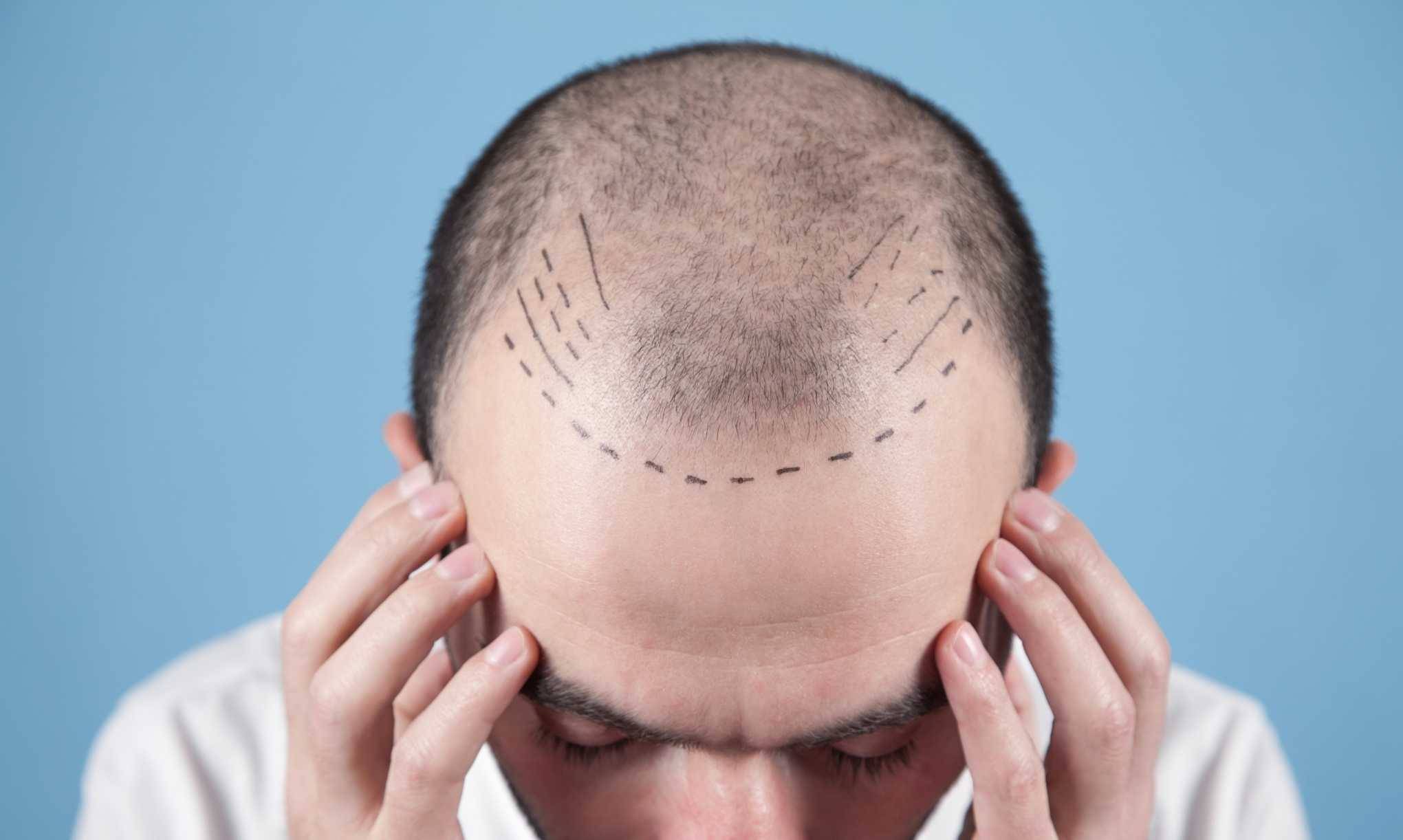Hair loss is something that affects millions of men and women worldwide.

By Kath Wong | August 29th, 2025
For some, it’s gradual thinning; for others, it’s sudden patches that are hard to hide. You may try shampoos, oils, or medications, but when nothing seems to work, the frustration grows.
That’s when treatments like the FUE Hair Transplant start to feel like a serious option.
If you’ve been considering it, you probably have a lot of questions. What exactly is FUE? Is it safe? Will it really restore your hair? Let’s break it down so you can make a confident decision.
Why Hair Loss Happens?
Many factors can cause hair loss. Genetics is the most common reason, especially in conditions like male or female pattern baldness. Hormonal changes, stress, scalp conditions, or even lifestyle habits also play a role.
While early hair loss treatments such as medications (like minoxidil or finasteride) can slow things down, they don’t always bring back lost hair. That’s where surgical solutions, especially FUE hair transplant, come into the picture.

What Is FUE Hair Transplant?
FUE stands for Follicular Unit Extraction. It is a modern hair restoration technique where individual hair follicles are taken from a donor area (usually the back of your scalp where hair is more resistant to thinning) and transplanted into thinning or balding areas.
Unlike older methods like FUT (Follicular Unit Transplantation), which required removing a strip of scalp, FUE uses tiny punches to extract follicles one by one. This means no visible linear scar, less downtime, and a more natural-looking result.
How the Procedure Works
When you go for an FUE hair transplant, here’s what typically happens:
Consultation: The doctor examines your scalp and discusses your expectations.
Preparation: The donor area is trimmed and numbed with local anesthesia.
Extraction: Individual hair follicles are gently removed using a micro-punch tool.
Implantation: The extracted follicles are inserted into the balding or thinning areas.
Recovery: Within a few days, you can resume most normal activities.
The transplanted hair usually sheds within the first few weeks, but new growth begins after about 3 to 4 months. Full results are typically visible within 9 to 12 months.
Benefits of FUE Hair Transplant
There’s a reason FUE is one of the most popular hair transplant methods today. Some of the top benefits include:
· No linear scar: Only tiny dot scars that are hardly noticeable.
· Natural results: The transplanted hair grows like your own.
· Quick recovery: Most people return to work within a week.
· Less discomfort: Compared to traditional strip surgery.
· Permanent solution: Once transplanted, the hair usually stays for life.

Possible Risks and Considerations
Like any medical procedure, FUE hair transplant does come with some risks. These include:
· Minor swelling or redness in the scalp.
· Small risk of infection if not performed in a hygienic setting.
· Uneven growth if not done by an experienced surgeon.
· Multiple sessions may be needed if hair loss is extensive.
That’s why choosing the right clinic and doctor is critical. Always ensure the procedure is performed by a certified professional with advanced equipment.
Who Is the Right Candidate?
FUE is suitable for many people, but not everyone. You may be a good candidate if you:
· Have moderate to advanced hair loss.
· Still have enough healthy donor hair at the back or sides.
· Want a minimally invasive procedure.
· Prefer quicker recovery and minimal scarring.
· Have realistic expectations about results.
If your donor area is too weak or if your hair loss is still very early, your doctor may suggest other treatments first.

How Long Do Results Last?
The best part of an FUE hair transplant is permanence. The transplanted follicles come from areas resistant to balding, so they usually last a lifetime. However, your natural hair may continue to thin, which is why some people need a second session later on.
Maintaining a healthy lifestyle, managing stress, and following your doctor’s aftercare advice can help maximise your results.
Recovery and Aftercare Tips
After your procedure, you’ll need to take some simple steps to protect your new grafts:
· Avoid touching or scratching the transplanted area.
· Sleep with your head elevated for the first few nights.
· Stay away from heavy exercise or sweating for at least a week.
· Follow your doctor’s instructions for washing and medication.
Within 2 weeks, most signs of surgery fade. By the third month, you’ll start noticing new growth, which will continue to thicken over the following months.
Alternatives to Consider Before Surgery
If you’re not ready for surgery, other treatments may help depending on your hair loss stage:
· Medications: Minoxidil and finasteride can slow down hair loss.
· PRP Therapy: Platelet-Rich Plasma injections stimulate growth.
· Laser Therapy: Low-level laser devices may encourage follicles to stay active.
But for advanced cases where hair is already lost, FUE remains one of the most reliable solutions.

Book Your FUE Hair Transplant with Trusted Experts
Hair loss can be frustrating, but you don’t have to live with it forever. A FUE hair transplant offers a permanent, natural-looking solution that restores not just your hair, but also your confidence.
If you’re considering the procedure, you can explore and book FUE hair transplant treatments through Trambellir.com. The platform connects you with certified clinics and experienced surgeons across Asia, so you can get safe, professional care with peace of mind.
FAQs
Q1. What is an FUE hair transplant?
An FUE (Follicular Unit Extraction) hair transplant is a modern procedure where individual hair follicles are removed from a donor area, usually the back of the scalp, and transplanted into thinning or balding areas. It is minimally invasive and leaves no visible linear scar.
Q2. How long does it take to see results from an FUE hair transplant?
After the procedure, transplanted hair usually sheds within a few weeks. New growth begins around 3 to 4 months, with full results typically visible within 9 to 12 months.
Q3. Who is a good candidate for an FUE hair transplant?
You may be a good candidate if you have moderate to advanced hair loss, sufficient donor hair at the back or sides, prefer a minimally invasive approach, and have realistic expectations about results.
Q4. What are the benefits of choosing FUE over other hair transplant methods?
The main benefits of FUE include no linear scar, faster recovery, natural-looking results, less discomfort compared to strip surgery, and long-lasting outcomes.
Q5. Are there any risks with FUE hair transplants?
Yes, risks may include minor swelling, redness, or infection if not performed in a hygienic environment. Uneven growth may also occur if the procedure is done by an inexperienced surgeon. Choosing a certified and skilled professional greatly reduces these risks.